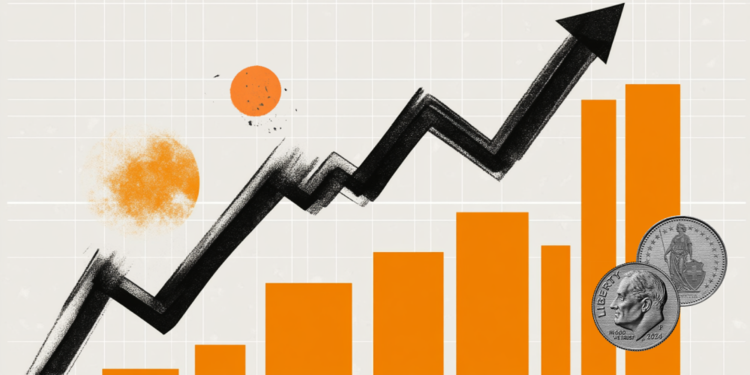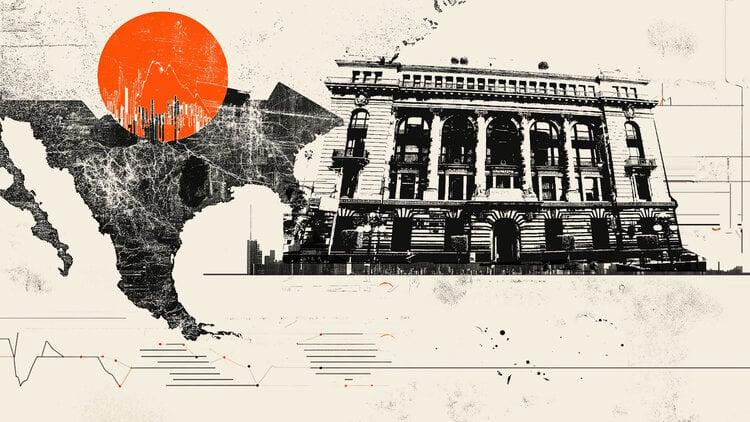The world’s first all-electric passenger plane is preparing to take off.
Alice, a plane developed by Israeli company Eviation, underwent engine tests last week at Arlington Municipal Airport, north of Seattle.
According to Eviation CEO Omer Bar-Yohay, Alice is just weeks away from its first flight.
With battery technology similar to that of an electric car or a cell phone and 30 minutes of charging time, the nine-passenger Alice will be able to fly for an hour and about 440 nautical miles.
The plane has a maximum cruising speed of 250 knots, or about 461 km/h.
For reference, a Boeing 737 has a maximum cruising speed of 946 km/h. The company, which focuses exclusively on electric air travel, expects electric planes with a capacity of 20 to 40 passengers to be a reality within seven to 10 years.
A prototype of the aircraft, which debuted in 2019, has been undergoing low-speed taxi testing since December and will attempt a high-speed taxi test in the coming weeks.
In these tests, the aircraft is sent down the runway at different speeds to test its own power and allow ground crews to monitor systems such as steering, braking and anti-skid.
While the company initially aimed for Alice to take off before 2022, poor weather conditions in the Pacific Northwest later in the year made testing difficult.
Eviation developed three versions of the prototype: a “commuter” variant, an executive version and a specialized cargo version. The test passenger configuration holds nine passengers and two pilots, plus 850 pounds of cargo. The executive design has six passenger seats for a more spacious flight, and the cargo plane has 450 cubic feet of volume.
All of this is possible and reduces the maintenance and operation costs of commercial jets by up to 70%, according to the company.
The electric aviation space is already getting more crowded with startups and established aviation companies. NASA donated $253 million in September 2021 to GE Aviation and magniX to bring the technology to US fleets by 2035.
Boeing is investing $450 million in Wisk Aero, a company that builds an all-electric, autonomous passenger aircraft, and Airbus has been working on its own electric aviation ventures since 2010.
According to industry experts, the biggest obstacle to electric aviation becoming the norm in passenger jets is the battery.
“The obstacle is battery technology, just like in cars, but even more so in planes. That’s because with airplanes, the concern is weight,” said Ross Aimer, CEO of Aero Consulting Experts. “Once we have better battery technology, which I suspect will be in two or three years, that’s when all these electric planes will eventually arrive.”
Twelve Alices are on order by the international shipping company DHL, with delivery expected in 2024. These planes, from DHL Express’ global fleet of more than 280 aircraft, are to be used as freight carriers on short-haul trips.
“Our aspiration is to make a substantial contribution to reducing our carbon footprint, and these advances in fleet and technology will go a long way toward achieving further carbon reductions,” said Mike Parra, CEO of DHL Express America, in an interview with CNN Business.
Eviation has announced purchases of its proposed fleet by DHL and CapeAir airline and says there are several more to be announced once Alice’s first flight takes place. CapeAir’s proposed fleet of Alices is expected to enter service in 2023 on routes connecting Boston, Martha’s Vineyard, Nantucket and Hyannis.
While we seem to be approaching battery-powered air travel for some functions, not everything is nearly ready to go. Transoceanic flights and jumbos are still years beyond current science, for example.
But the most pressing concern for electric aviation is regulation.
The FAA has yet to come up with clear guidelines or regulatory framework for electric planes, which fall into the Advanced Air Mobility category, although Eviation says it is actively working with the FAA to achieve certification for production by 2024.
“Some certifications may require the FAA to issue special conditions or additional airworthiness criteria, depending on the type of project. Determining qualifications for these aircraft is an ongoing process,” according to an FAA spokesperson.
Proponents of electric aviation predict that Alice and electric planes like it will become as commonplace as any other mode of transport. “It really integrates aviation into the transport fabric of our passenger lives. It does this by being sustainable and economically viable,” said Bar-Yohay.
“When we start seeing planes like this, the whole way we see where we live, how we move, how we go on vacation will change. It will be a high-speed train with no tracks.”
But electric aircraft large enough to rival large passenger jets may still be a ways off.
“The first step would be to try them in a passenger or charter market,” Aimer said. “So eventually, if that works well, you’ll have passenger jets. For that, we need Boeing or Airbus to launch a real electric plane. I would see that in about 10 years.”
Source: CNN Brasil
I am Sophia william, author of World Stock Market. I have a degree in journalism from the University of Missouri and I have worked as a reporter for several news websites. I have a passion for writing and informing people about the latest news and events happening in the world. I strive to be accurate and unbiased in my reporting, and I hope to provide readers with valuable information that they can use to make informed decisions.





